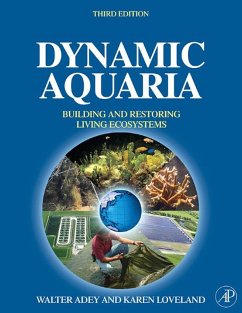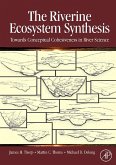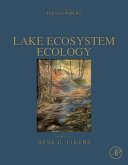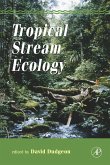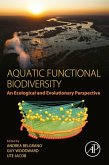In its third edition, this praised book demonstrates how the living systems modeling of aquatic ecosystems for ecological, biological and physiological research, and ecosystem restoration can produce answers to very complex ecological questions. Dynamic Aquaria further offers an understanding developed in 25 years of living ecosystem modeling and discusses how this knowledge has produced methods of efficiently solving many environmental problems. Public education through this methodology is the additional key to the broader ecosystem understanding necessary to allow human society to pass through the next evolutionary bottleneck of our species. Living systems modeling as a wide spectrum educational tool can provide a primary vehicle for that essential step. This third editon covers the many technological and biological developments in the eight plus years since the second edition, providing updated technological advice and describing many new example aquarium environments. - Includes 16 page color insert with 57 color plates and 25% new photographs - Offers 300 figures and 75 tables - New chapter on Biogeography - Over 50% new research in various chapters - Significant updates in chapters include: - The understanding of coral reef function especially the relationship between photosynthesis and calcification - The use of living system models to solve problems of biogeography and the geographic dispersal and interaction of species populations - The development of new techniques for global scale restoration of water and atmosphere - The development of new techniques for closed system, sustainable aquaculture
Dieser Download kann aus rechtlichen Gründen nur mit Rechnungsadresse in A, B, BG, CY, CZ, D, DK, EW, E, FIN, F, GR, HR, H, IRL, I, LT, L, LR, M, NL, PL, P, R, S, SLO, SK ausgeliefert werden.

